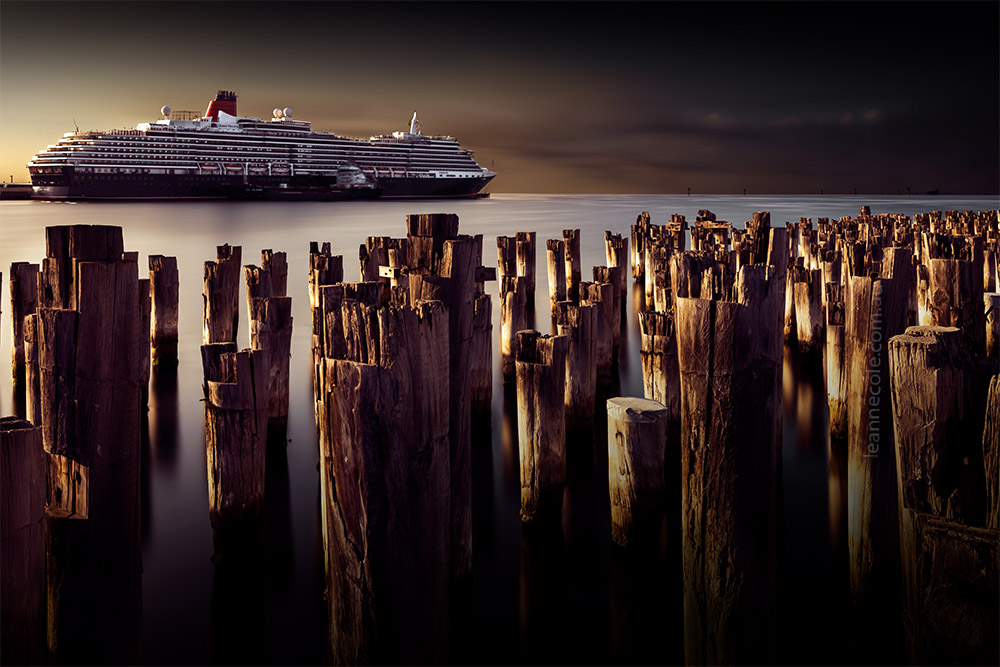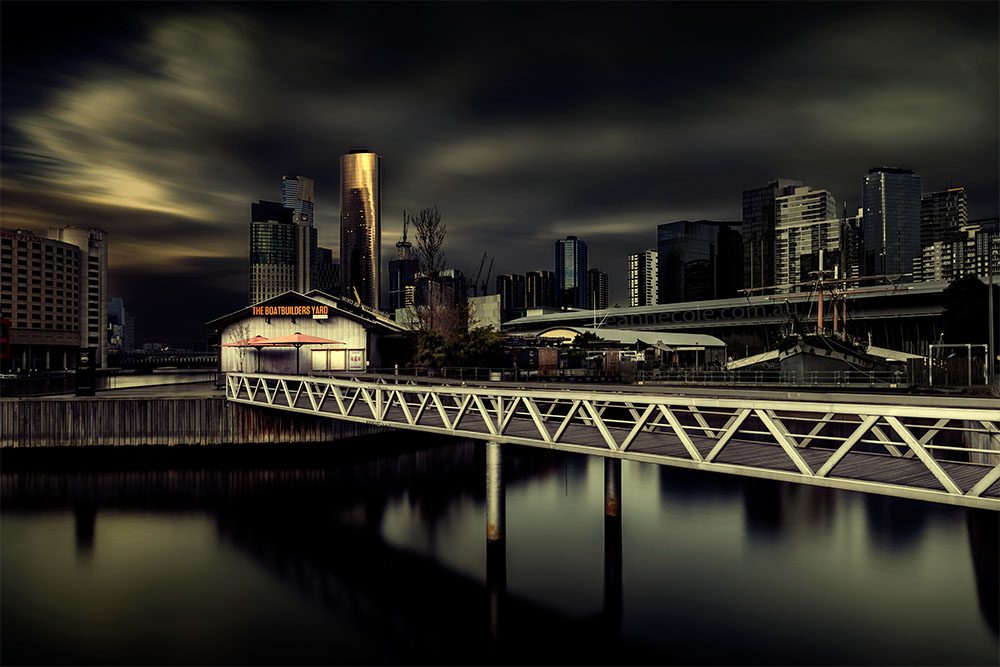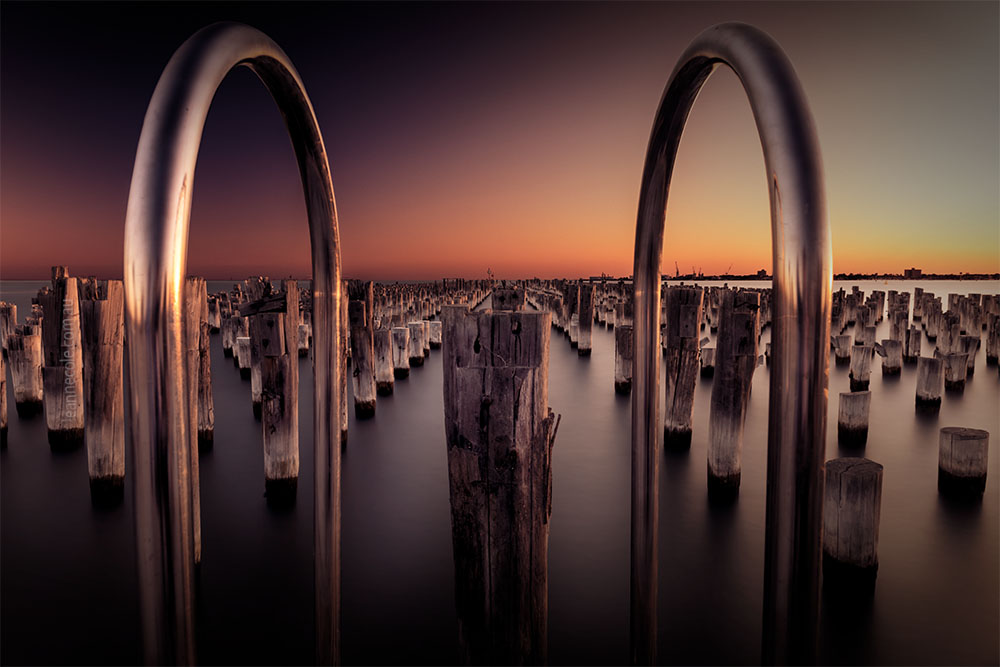Today is a repost of another U4D post that is good to look at because it is about protecting you and your images. I learned this with a bad experience.
Reposting U4D: Protecting You and Your Images
A few years ago I was given an opportunity to put some work into an exhibition. It seemed like a great idea and I have to say I took a lot for granted and through it, I learned a lot. There are things that many of us who don’t exhibit often don’t know or don’t think about.
The Exhibition
The work I had in the exhibition was in a public place, but it wasn’t being watched. I wasn’t the only one with work there and two out of my three pieces were stolen, or have disappeared. Others have experienced the same.
The problem then arises as to who is responsible?
 With almost all exhibitions the gallery or place where you exhibit your work takes no responsibility for stolen or damaged work. When you put your work in to be exhibited you usually do it at your own risk. Unfortunately, I wasn’t really aware of it for this exhibition. It wasn’t until I had gone too far into it that I realized the work wasn’t going to be supervised.
With almost all exhibitions the gallery or place where you exhibit your work takes no responsibility for stolen or damaged work. When you put your work in to be exhibited you usually do it at your own risk. Unfortunately, I wasn’t really aware of it for this exhibition. It wasn’t until I had gone too far into it that I realized the work wasn’t going to be supervised.
My Experience
Not long after we were told that the digital files of all the images would be given to the people who held the exhibition so they could print them out for exhibitions elsewhere. I have to say I was never easy with this idea but waited until I had a chance to talk  to someone about it.
to someone about it.
What I found out was that the images had been given to them without any conditions placed on them. Well as far as I can tell. Everyone had got carried away with the idea that their work might be in further exhibitions. No one thought about protecting our images. We all found out about this before we were aware that images had been stolen from the original show.
Then people have three of my images, which are all high-resolution that can be printed. I no longer had control over what happens with them. I asked them to delete the images. Who can be sure that it actually happened?
Protecting Yourself
Here is a list of ideas on how you can protect yourself from this happening.
1 – Make Sure You Know the Facts
By this I mean, make sure you know exactly what is going on. Never assume anything.
2 – Will the Work Be Supervised
Really as soon as I knew it wasn’t going to be I should’ve clicked. The work is not protected from anything. There is no one to stop people from just taking the work, or from destroying it. You shouldn’t agree to work not being supervised unless it is behind glass or protected some other way. Our work was just pinned to boards.
3 – Find Out About Compensation
If the conditions are like ours you need to ask some questions. Where the work wasn’t secured at all you need to find out if you will be compensated if something happens to it.
4 – Have an Agreement in Writing
 Get a contract, make sure you know what you are liable for and what they are. Don’t try and be nice, this is your work and you have every right to protect it.
Get a contract, make sure you know what you are liable for and what they are. Don’t try and be nice, this is your work and you have every right to protect it.
5 – Giving High-Resolution Images
It should be, never give them to anyone. Once people have them they can do what they like unless you have a contract to protect you. If you have one you can stipulate what they can and can’t do with them. You have something to protect you.
Our images were given away and we had nothing set up protecting us.
Competitions
Many competitions require you to send in your images as well. You need to know what is required.  Read the fine print, find out what they can and can’t do with your images. It will be there in the Terms and Conditions. You can’t argue with them and you have to decide whether or not you will enter it.
Read the fine print, find out what they can and can’t do with your images. It will be there in the Terms and Conditions. You can’t argue with them and you have to decide whether or not you will enter it.
Don’t ever enter a competition where they have full rights to your images. You might be signing away all rights and they might make millions from your image. You just don’t know.
What you can do
I hope these points all help you to understand how you can better protect yourself. The part that is the most concerning for me is that we have given away our images and there is control over what they can do with them. They could use them for advertising, they could sell them or they could just give them away. We don’t know. I asked to have my images removed, but not sure if they were.
You need to always consider how you can protect yourself. Be sure you know what you are doing and be aware of the details. Read the fine print and get things in writing.
The images today are ones that I would use for exhibition purposes.




















Great article, Leanne. I have never done a show or exhibition, but the points you present are important. Thank you so much for the presentation. Retaining control of our images, especially the high quality data or film is critical for all the reasons you mentioned.
I held off for years just starting my blog because I was paranoid about folks stealing my work.
Anyway, thanks again. 👍
You’re welcome Tim and thank you. It is always good to share experiences like this. It is very important to retain your copyright of your images.
Yeah, sadly people stealing your work is a real threat, but we can’t worry about it too much. Just work out how to deal with it if it happens.
Take care.
👍
Leeanne, thank you for your generosity in informing people with this information
You’re very welcome Geoff, hope the information is helpful.
I don’t enter competitions because nearly all have the sign away your rights to your work clause
Yeah, good point, I don’t enter them either, thank you.
Thanks Leanne. I think in today’s digital age there’s always a risk that a watermark could be deleted, etc. Sometimes we just have to read the fine print and make the best decision we can.
You are right Anne, it is always a risk. Reading the fine print is always important, especially when it comes to your artwork. Thank you Anne.
wooden manhattan
No, this is Princes Pier in Melbourne.